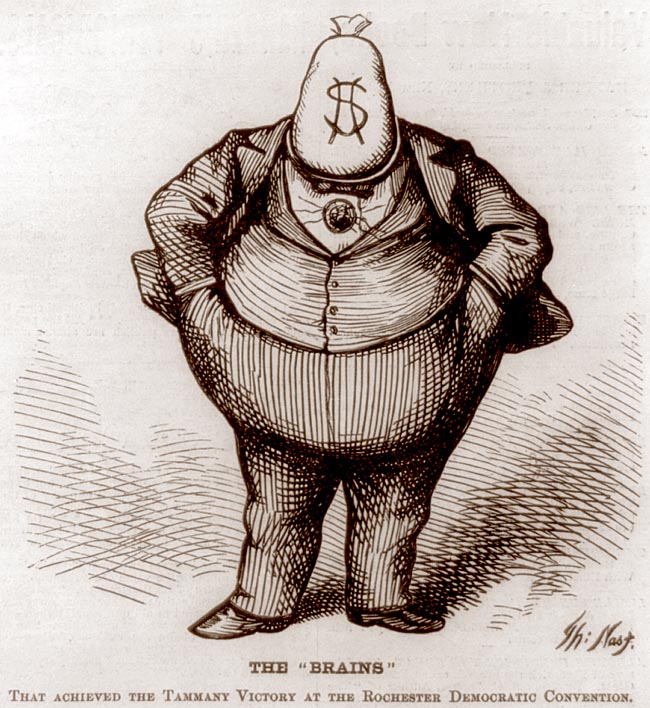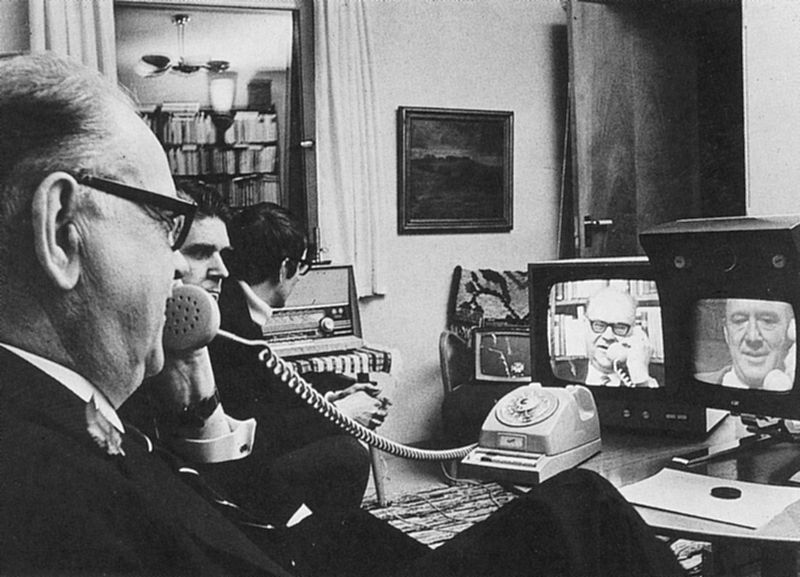The recent book Aerotropolis argues that high-speed rail will increase, not decrease, air traffic. More people will simply use the trains to reach airports. A similar argument from Brad Templeton’s new Singularity Hub article about high-speed rail and driverless cars:
“The air travel industry is not going to sit still. The airlines aren’t going to just let their huge business on the California air corridor disappear to the trains the way the HSR authority hopes. These are private companies, and they will cut prices, and innovate to compete. They will find better solutions to the security nightmare that has taken away their edge, and they’ll produce innovative products we have yet to see. The reality is that good security is possible without requiring people arrive at airports an hour before departure, if we are driven to make it happen. And the trains may not remain immune from the same security needs forever.
On the green front, we already see Boeing’s new generation of carbon fiber planes operating with less fuel. New turboprops are quiet and much more efficient, and there is more to come.
The fast trains and self-driving cars will help the airports. Instead of HSR from downtown SF to downtown LA, why not take that same HSR just to the airport, and clear security while on the train to be dropped off close to the gate. Or imagine a self-driving car that picks you up on the tarmac as you walk off the plane and whisks you directly to your destination. Driven by competition, the airlines will find a way to take advantage of their huge speed advantage in the core part of the journey.”





























